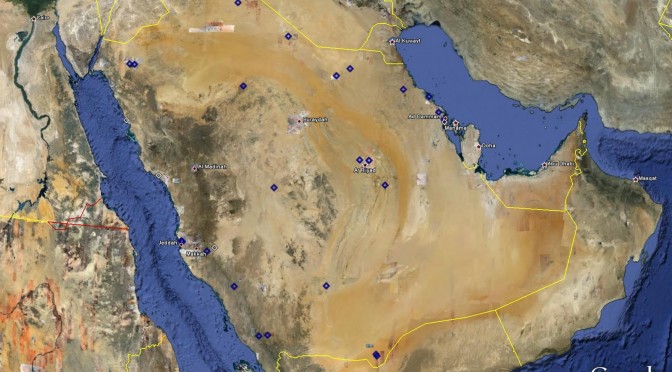Solar power costs have fallen dramatically over the last five years, thanks to lower module prices, lower balance of system costs, and increased competition at the development and EPC level.
Financing costs have also decreased as investors recognize the low-risk profile of solar assets.
As a result, solar power is now cheaper than most alternative power sources.
“For systems with the right economies of scale – 10 Megawatt (MW) and above – solar power can now be generated at between US$70 and US$100/MWh. That price is more than four times lower than in 2009,” says Thierry Lepercq, founder and president of France-based Solairedirect, a world leader in the development of large photovoltaic (PV) power plants with low levelized cost of energy (LCOE).
Within this price range, Saudi Arabia could offer some of the lowest LCOE levels, according to Lepercq, who will be speaking at the second edition of Desert Solar Saudi Arabia conference that will be held from 17-18 September. In particular, he will explore the business case for utility-scale solar plants.
Building on the success of the first Desert Solar conference held last year, the event is once again gathering distinguished stakeholders in the Saudi Arabian solar energy market, hosting more than 150 decision makers from across the industry.
The panel of speakers will include executives from Air Liquide MENA, E.ON, King Abdullah University of Science & Technology (KAUST), and Tokyo Electron Taiwan, as well as Skypower Fas Energy, Solairedirect and First Solar.
“Today in Saudi Arabia, it is possible to reach a solar LCOE of between US$70/MWh in the higher irradiation/elevation areas in the western part of the kingdom, and around US$90/MWh in the Gulf area,” reveals Lepercq.
With such competitive costs, the Saudi solar market has been growing steadily. Earlier this year, Solar Frontier completed the 1 MW CPV power plant at the Nofa Equestrian Resort, near Riyadh. And in the next few months, Saudi Aramco’s KAPSARC II project that will extend their existing solar plant from 3.5 MW to 5.3 MW should also come online.
“Recent developments in Saudi Arabia, such as the interest of local investors in financing PV projects and the growing amount of traction that EPC companies are gaining, are a clear indication of the Kingdom’s potential to evolve into a sustainable solar energy market,” said Dr. Raed Bkayrat, Vice President for Saudi Arabia at First Solar, a leading global solar energy solutions provider with over 9 gigawatts (GW) installed worldwide.
“With access to all the critical elements – low-cost finance, land availability, high solar irradiance and locally-based, skilled resources – there is no reason why Saudi Arabia cannot achieve some of the lowest PV levelized costs of electricity in the region,” highlights Dr. Bkayrat, who will be sharing insights on solar-powered desalination solutions for Saudi Arabia at the Desert Solar conference.
In addition, “the local PV manufacturing sector, already under development leveraging KSA’s excellent industrial infrastructure, with region-specific PV R&D initiatives at local institutions (i.e. KAUST, KACST), would provide a further boost not only to additional cost decrease but also to increased human capital development in the Saudi solar sector” according to Imtiaz Mahtab, a board member of the Saudi Arabia Solar Industry Association (SASIA).
Further cost reductions can be expected as all cost factors continue to improve, down to US$50-US$70/MWh by 2020, according to Lepercq. By then, solar PV power would be by far the cheapest energy in the world.
The Desert Solar Conference is part of a week-long trade mission offering international solar executives and investors the opportunity to meet with a high-level delegation of Saudi solar stakeholders. The event will be held from 14-18 September, 2014 and is jointly organized in by international solar conference organizer Solarplaza and the Saudi Arabia Solar Industry Association (SASIA).
Abundant solar potential gives the Kingdom of Saudi Arabia (KSA) a unique opportunity to become one of the most energy-advantaged countries in the world. The Saudi Arabia Solar Industry Association (SASIA) is a non-governmental association that strives to make this vision a reality by helping Saudi Arabia and the Middle East realize the full economic and environmental potential of solar energy. The goal is to bring the national and regional solar industry together, transforming the vast solar potential of Saudi Arabia and the Middle East into a commercially- and environmentally-viable solution for our growing demand for electricity.


